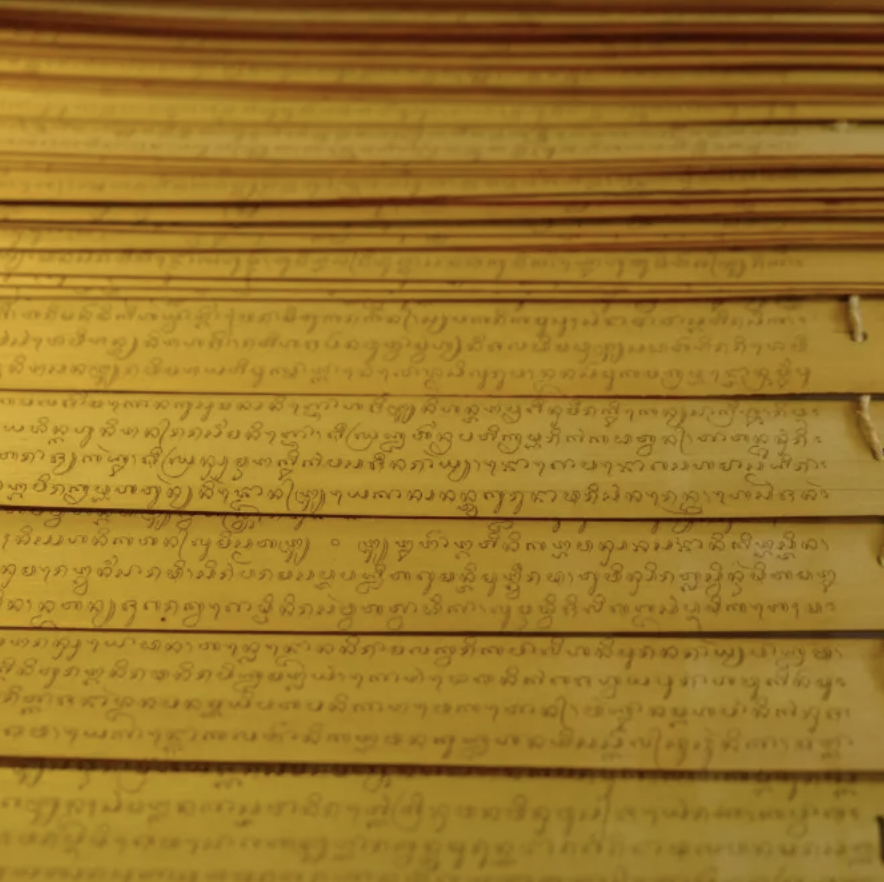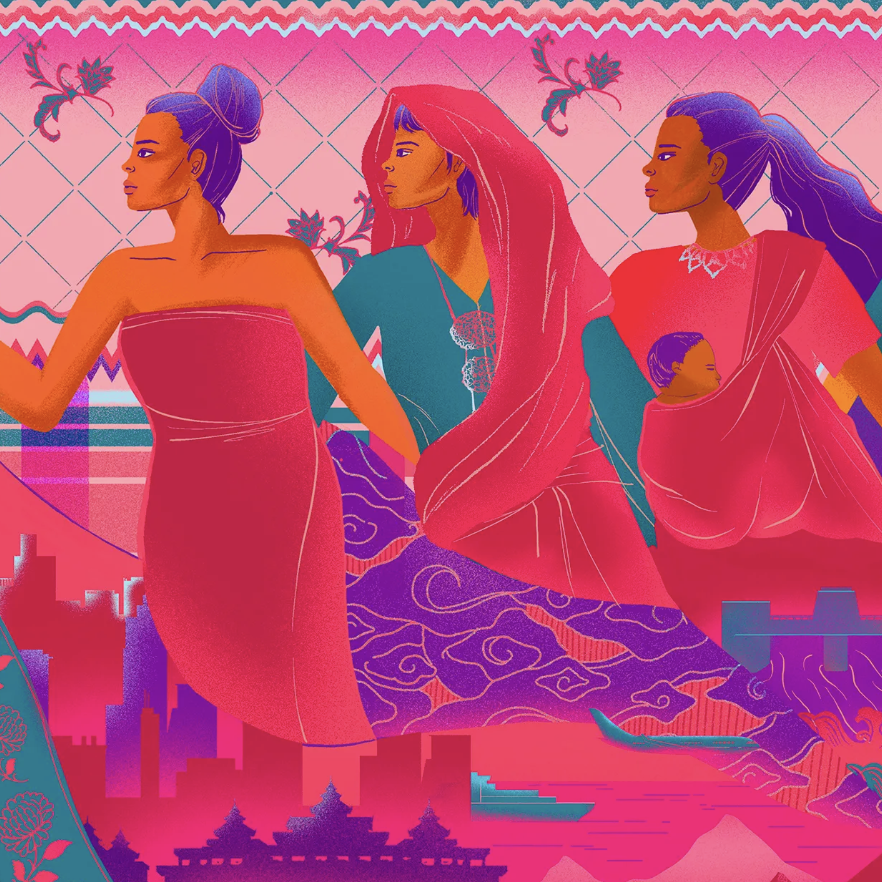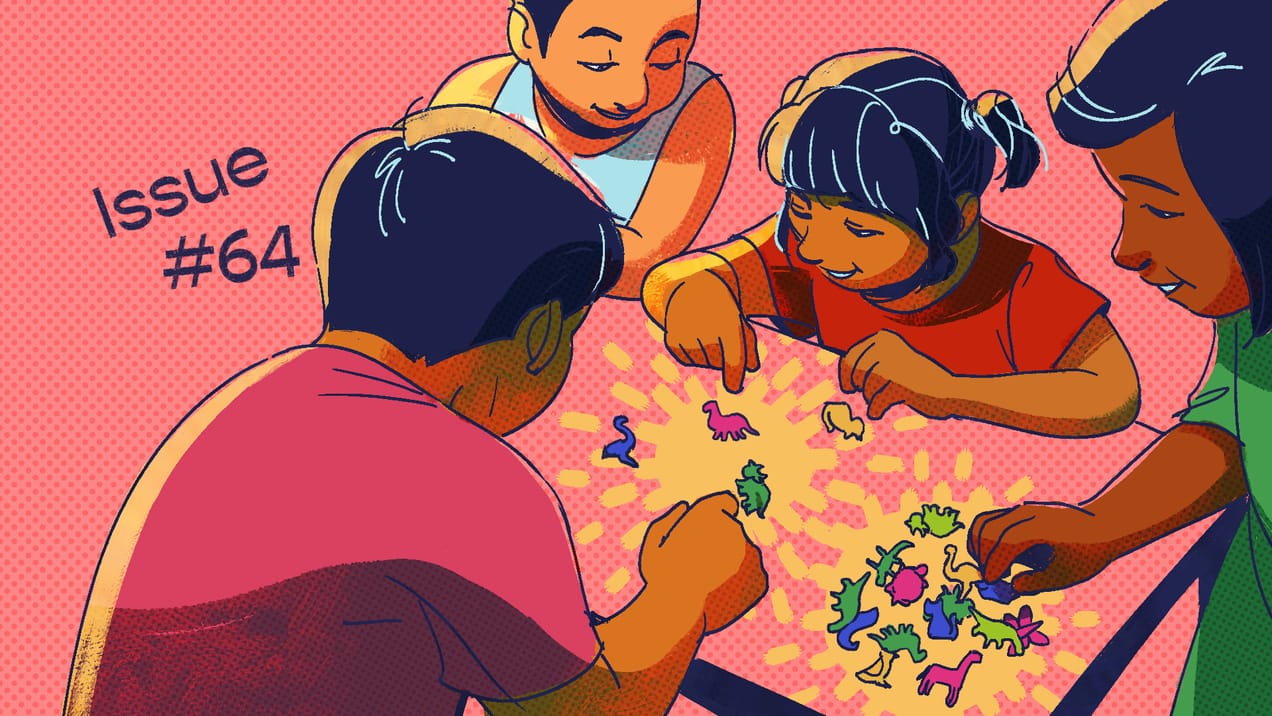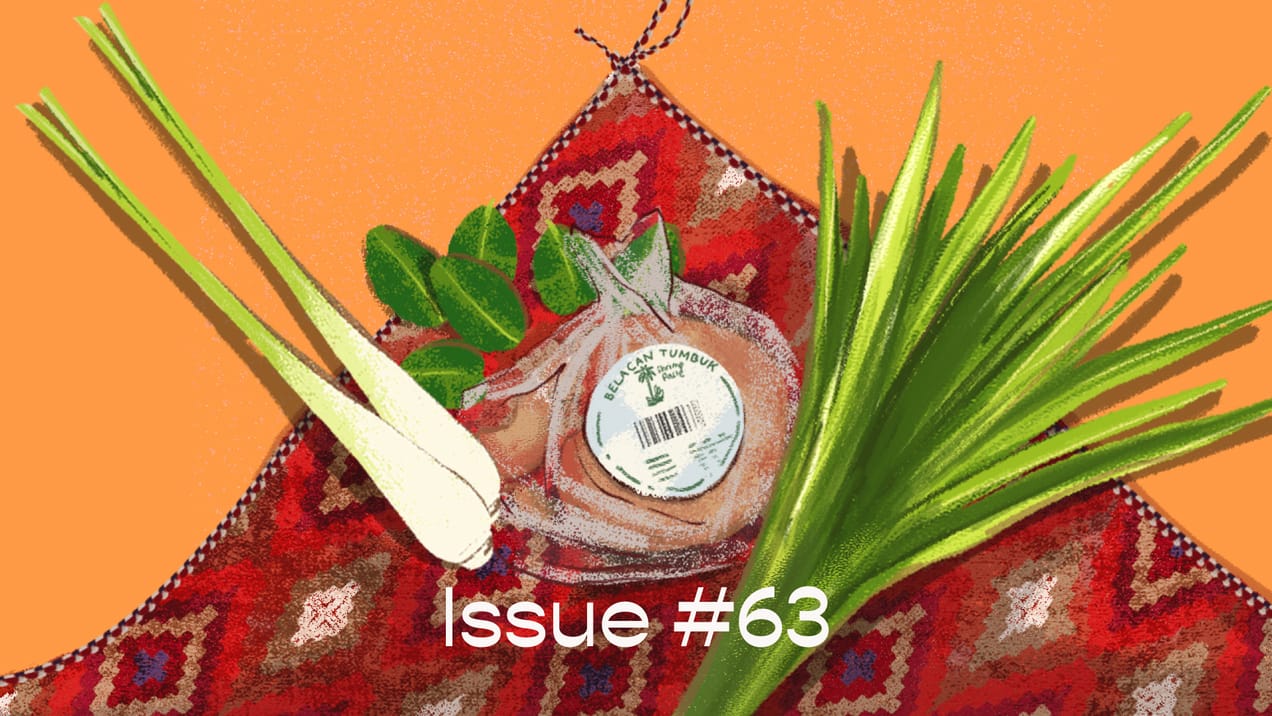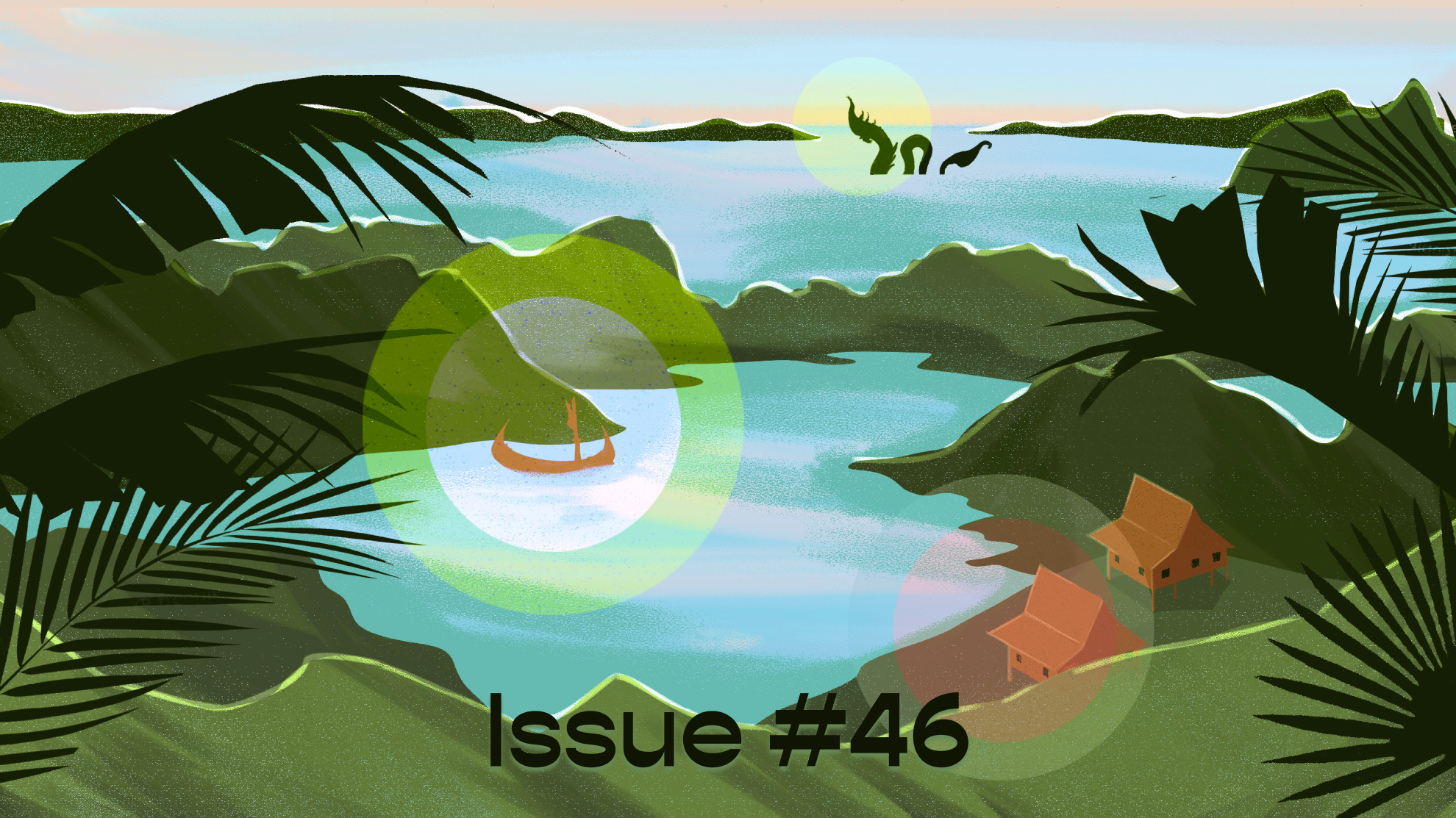
Connecting the dots in Southeast Asia — issue #46
August is a month during which Singapore’s patriotism goes into overdrive. Flags sprout across the island like mushrooms after rain. National Day songs are modernised and mild, milked to maximum saccharine effect. The message is one of exceptionalism–there was a time when people said that Singapore won't make it, but we did, goes the refrain of one song.
But August is also a period of nationalism for its closest neighbours. Indonesia celebrates their freedom from Dutch colonialism on the 16th, while Malaysia celebrates their independence from the British every 31st. Against this decolonial fervour, Singapore is a little different—the independence it celebrates yearly is not from a former colonial master, but a result of being expelled from Malaysia.
I’ve left out the years above to keep things simple, and because I want to understand the connections in our region as we’re experiencing it today. I am a fan of horizontal history—looking at time-synchronised events concurrently (such as the birth of famous people throughout history), rather than singling out a particular country. It’s one way of breaking out from a parochial view.
I often think Singapore is guilty of the “main character syndrome”. While I can understand the need for a country to self-mythologise, it should not come at the expense of seeing how it’s intimately connected to the region in intangible yet deep-rooted ways.
But is Southeast Asia an imagined region? When I was a student in London in 2017, I was automatically lumped into the category of “East Asian”. It caused me some discomfort. I’m more comfortable in Indonesia, where my Bahasa is passable enough to banter with food sellers, or getting lost in a sweaty swathe of bodies in a massive Thai market. It’s in Southeast Asia that I feel at home.
These resonances are undeniable. During the pandemic, when we were all starved of connection, a group of fellow Southeast Asian arts writers and I found fervent communion on Zoom as we made meaning of our shared identities. I recently asked what the term “Southeast Asia” means to them. Diverse, tropical, archipelago were terms that came up most. Sounds about right.
Even if Southeast Asia is a place of our collective imagining, its rich complexity is worth holding on to. This tropical archipelago where various cultures melt and mingle, home to a cacophony of languages, where a collection of people who may never meet share a commonality of spirit, a timeline of fraught histories, and a head full of dreams of a better future. Oh, and also good food.

BTS

Our latest piece on traditional architecture in Asia highlights the local knowledge and vernacular methods that once shaped how people built their homes. In their process of telling this story, our writer Zafirah Zein and designer Munirah Mansoor uncovered a wealth of forgotten wisdom and contemporary research on building sustainably and holistically. How did they put it all together?
more from us...
What can the origin stories of Asian languages tell us about its people’s shared aspirations and desires?
Variations of the sarong are worn across Asia, but what is the history behind this symbolic garment?
✨ Kawan Special ✨
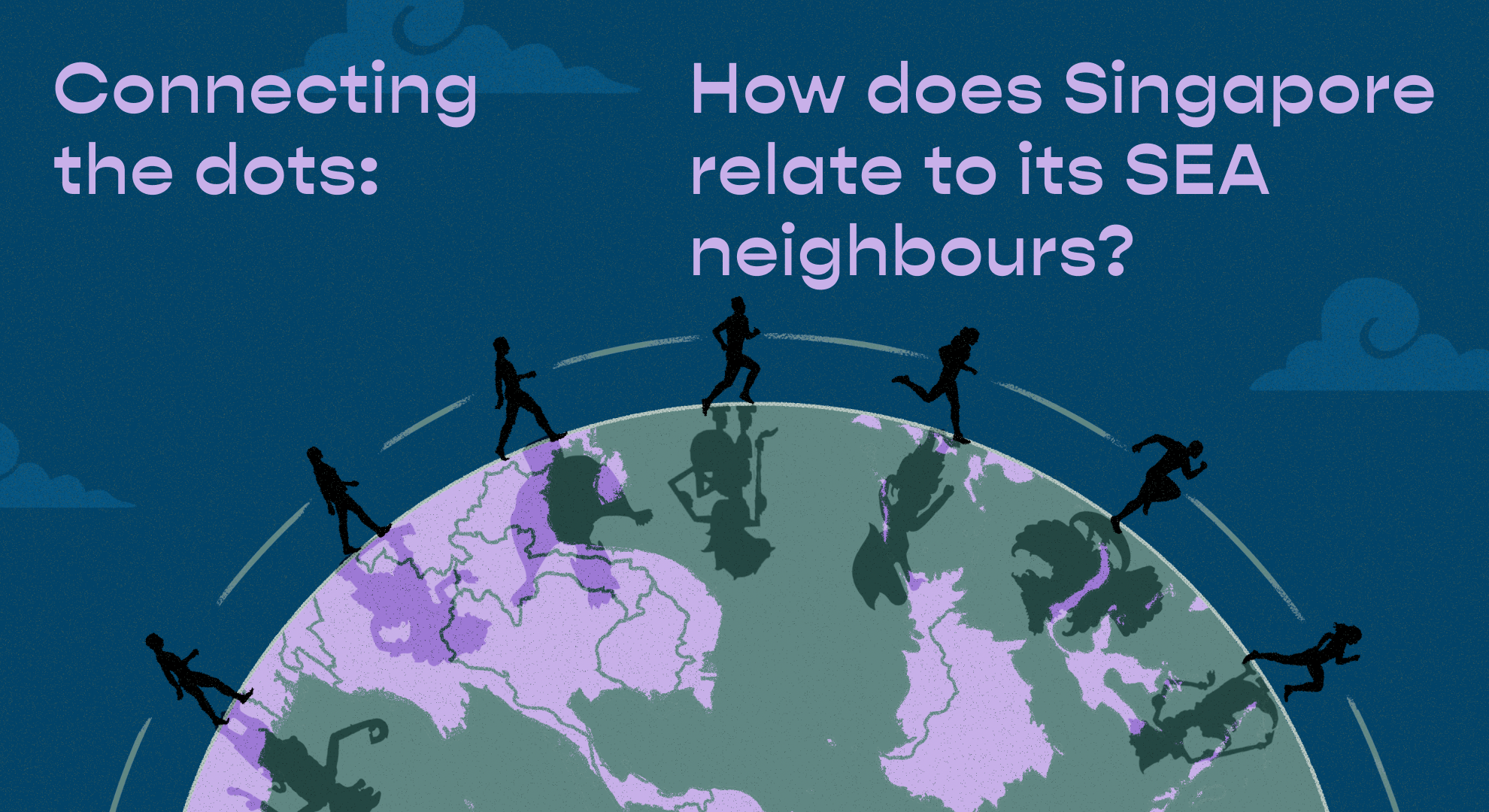
Singapore shares deep historical ties with its neighbours, but this history is often ignored, or marred by colonial perceptions of the region. Today, the country’s impact on its neighbours, and vice versa, cannot be overlooked, especially when actions by one profoundly alter landscapes and disrupt communities in others. In our latest article, we highlight why these connections are important, and revisit our role as data storytellers who publish stories about Asia.
Meet the Community
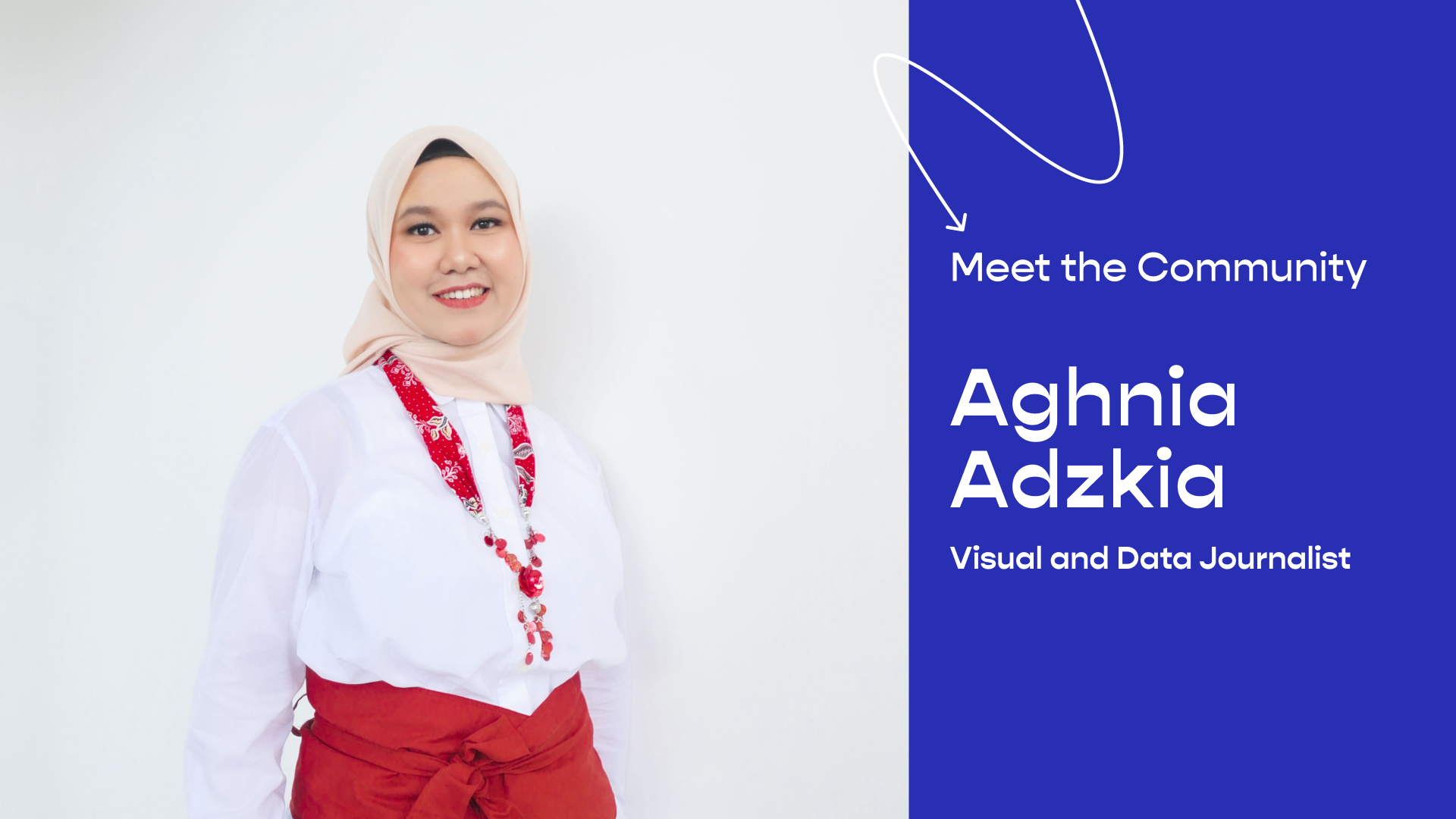
Not long ago, data journalism was relatively unheard of in Indonesia. But COVID-19 changed that as people demanded more statistics on the crisis. The work of Journocoders, a community of data journalists and enthusiasts founded by Aghnia Adzkia, became crucial during this period. In this month’s Meet the Community interview, we chatted with Adzkia on what it’s like building Indonesia’s data journalism scene and her experience in the BBC newsroom as a senior visual and data journalist.
From the archives

Is there such a thing as an Asian perspective? In this article, Pei Ying breaks down the history of the word “Asia” and explains how Kontinentalist’s Asian-focused storytelling puts nuance and context at the forefront.
Stuff we love
↗ How do different cultures see the stars? Nadieh Bremer visualises the constellations and the stories around them.
↗ Across many traditions, like the ancient Chinese, how one spends their time is shaped by the solar seasons.
Did you know?
Cendol, Southeast Asia’s icy cool dessert
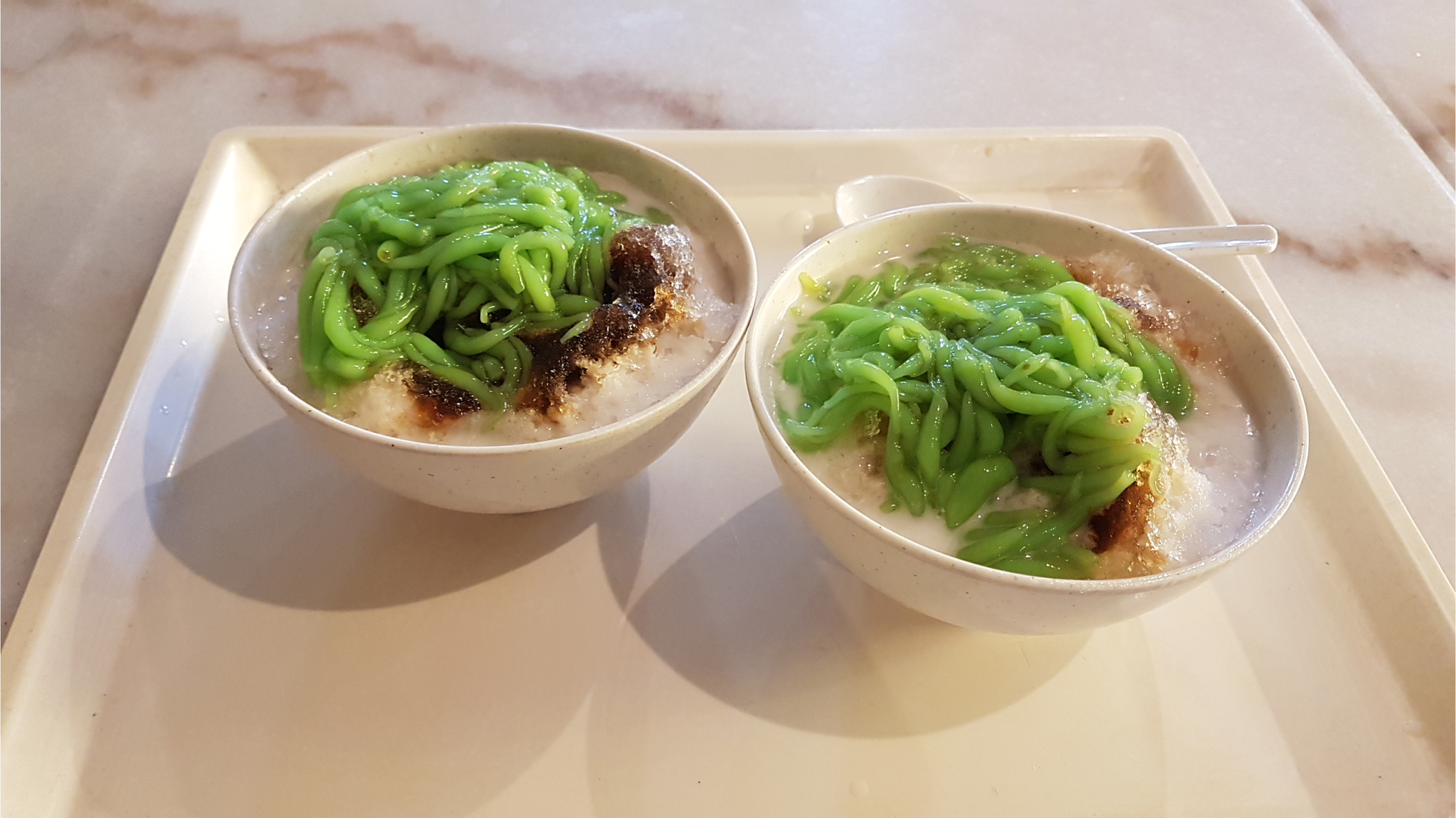
Across Southeast Asia, green strands of rice flour, palm sugar, and coconut milk make up a popular cool dessert. It is most commonly known as “cendol” in Malaysia and Indonesia, but it is also called “dawet” in the latter, “bánh lọt” in Vietnam, “lot chong” in Thailand, and “mont let saung” in Myanmar. Made from the same base ingredients, one might find additional toppings of ice, red azuki beans, grass jelly, and even fruits like jackfruit and durian.
The first records of cendol can be found in old manuscripts dating back to 12th century Java. One of its earliest recipes is documented in a book from 1866 East Indies, while Malaysian cendol is believed to have been invented in the port cities of Malacca and Penang. Since docking ships had leftover ice from refrigerating cargo on board, people started adding it to their sweet drink as a cool respite from the tropical heat, forming the foundational concept of cendol.

